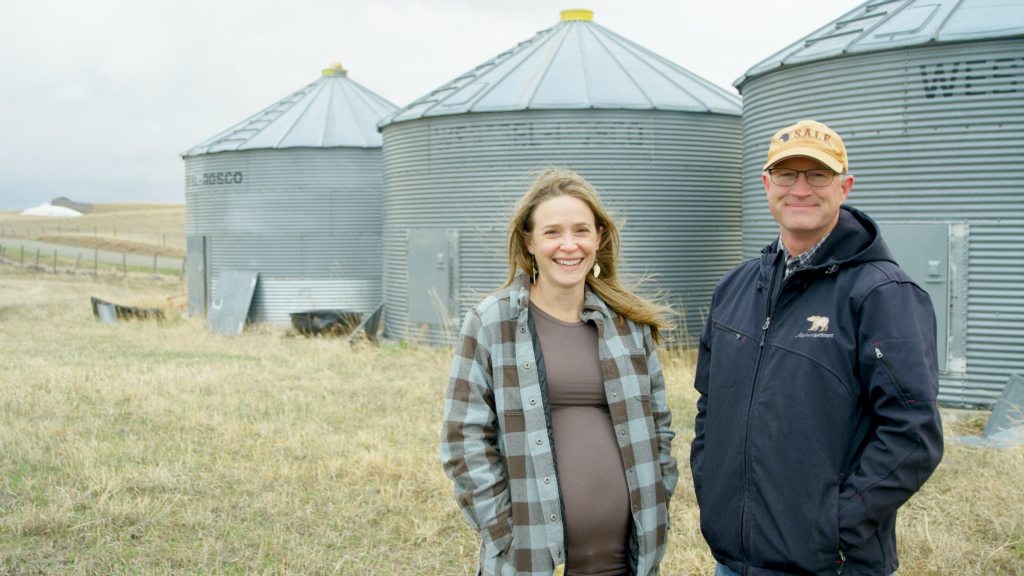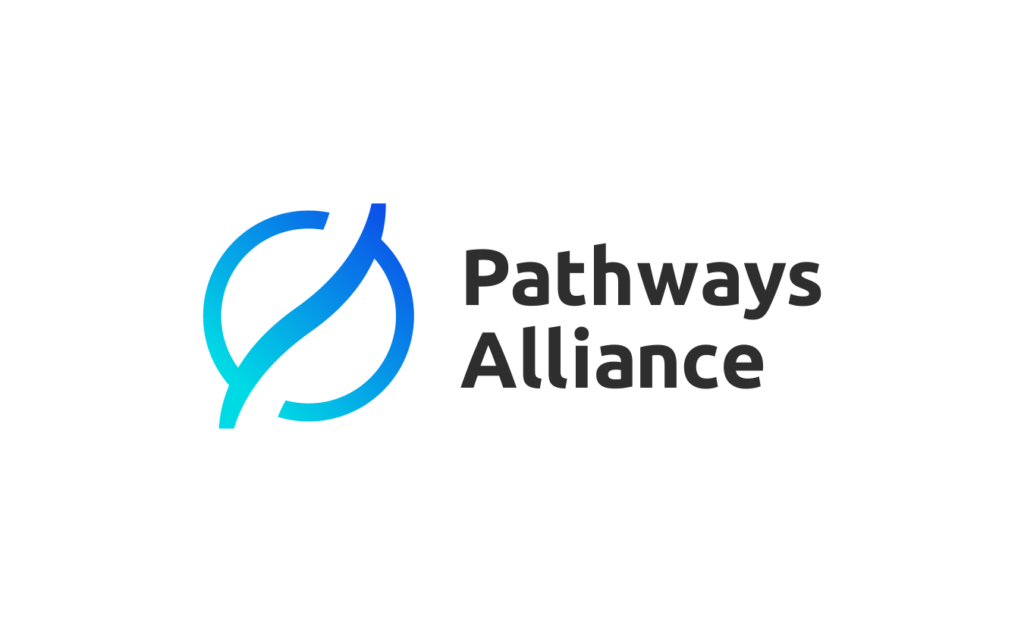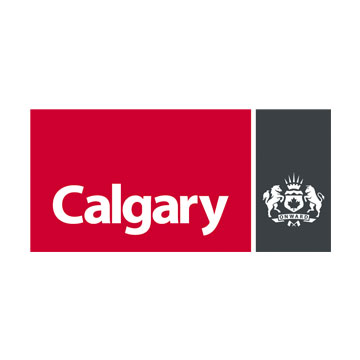 Government, land owners, producers—it’s tough to bring people and groups together and agree on how to address a problem. In this case, it’s about the increasing conflicts between large carnivores and agricultural land users in southwest Alberta. But, using neighbour-to-neighbour coffee table discussions and with research and government support, the Waterton Biosphere Reserve’s Carnivores and Communities Program (CACP) is successfully tackling the complex issue of human/wildlife conflict with a customized, one-size-doesn’t-fit-all approach.
Government, land owners, producers—it’s tough to bring people and groups together and agree on how to address a problem. In this case, it’s about the increasing conflicts between large carnivores and agricultural land users in southwest Alberta. But, using neighbour-to-neighbour coffee table discussions and with research and government support, the Waterton Biosphere Reserve’s Carnivores and Communities Program (CACP) is successfully tackling the complex issue of human/wildlife conflict with a customized, one-size-doesn’t-fit-all approach.
A core working group representing private landowners, the provincial government and nature conservancy (fish and wildlife) facilitates what can be an emotionally-charged, controversial topic: how to adequately support the bears, wolves and cougars that inhabit scarce public/protected areas as well as private agricultural land while maintaining human safety. A multi-faceted, community-based approach has identified key sources of human/wildlife conflicts and provided custom solutions.
Addressing the three-pronged goals of attractant management, deadstock removal and human safety, CACP initiatives include electric fencing projects, grain bin replacements and feed storage retrofits, deadstock removal with free farm pick-ups, and bear safety workshops for agricultural families. To date, the CACP has completed 60 cost-shared, attractant management projects with 50 range families, and removed over 3,600 carcasses from 500,000 hectares of land.
Further outreach by this provincial success story raises awareness and encourages participation in projects to reduce conflict and increase safety. All are critical to long term protection of carnivore populations, local livelihoods and resident’s safety.







